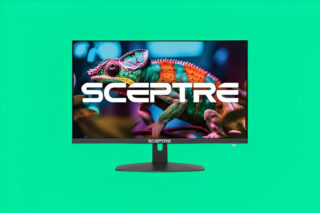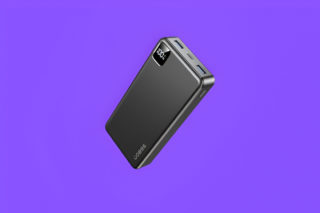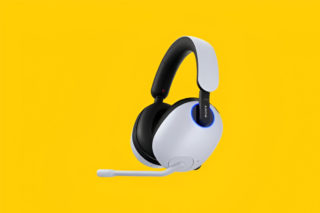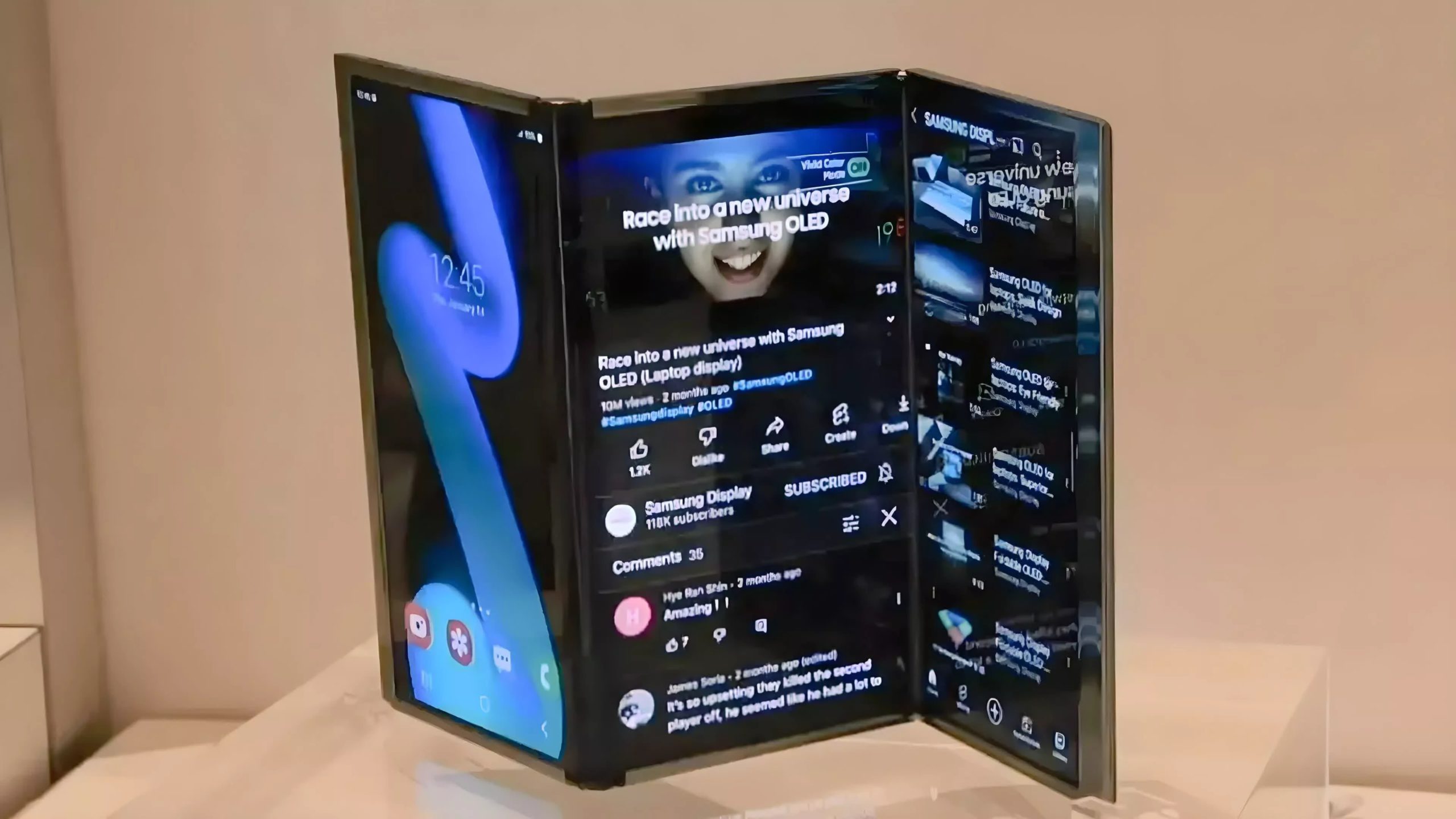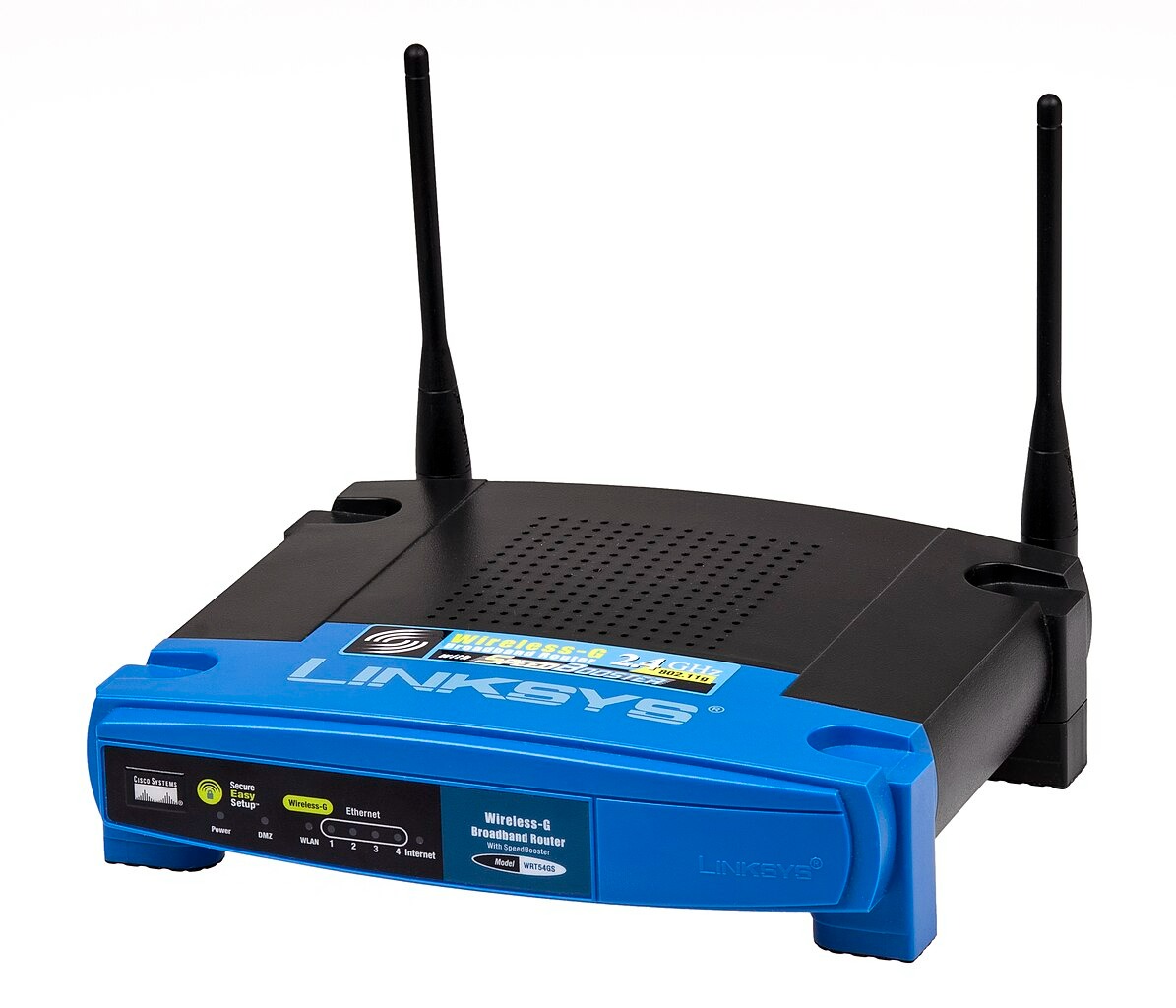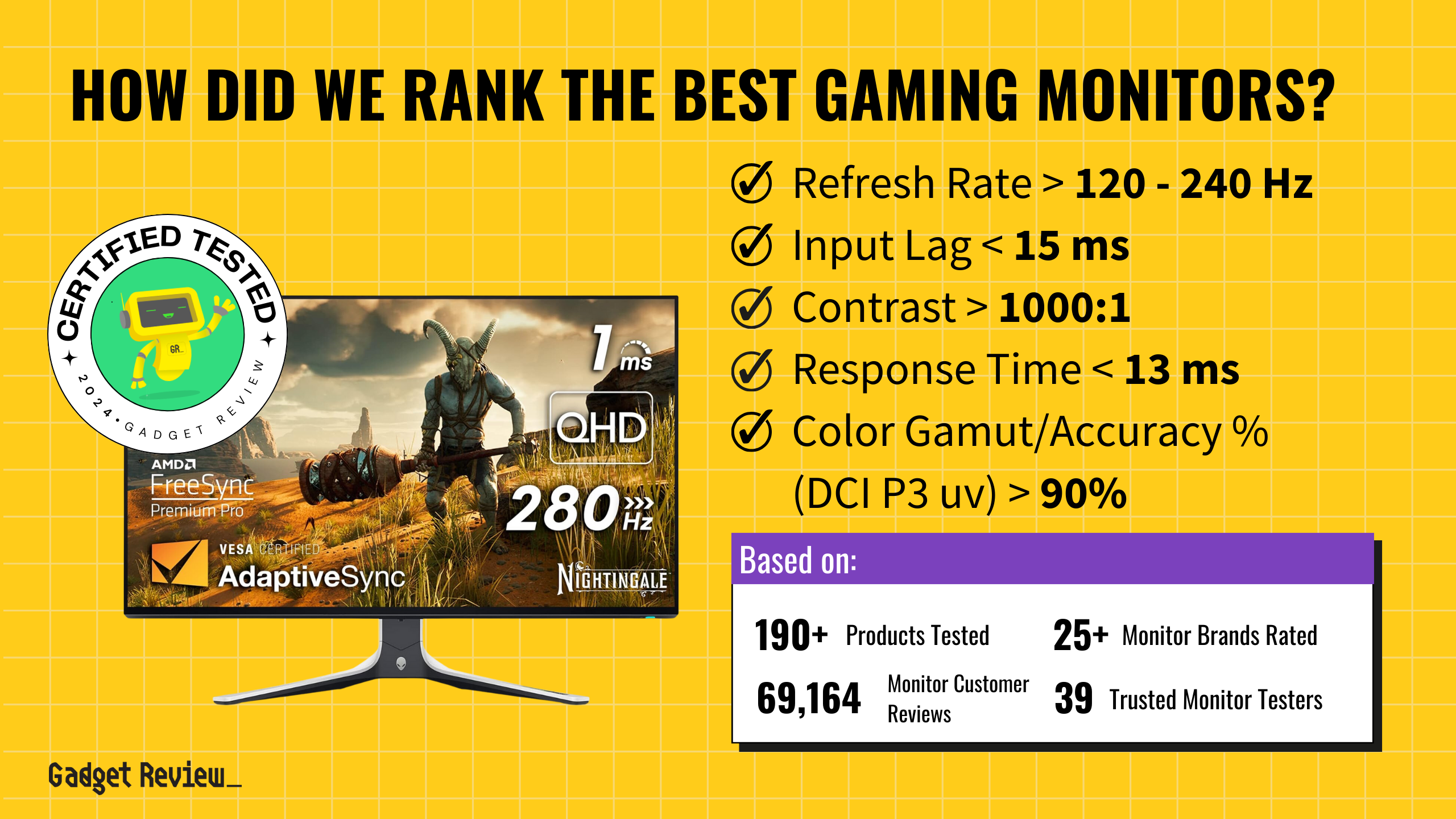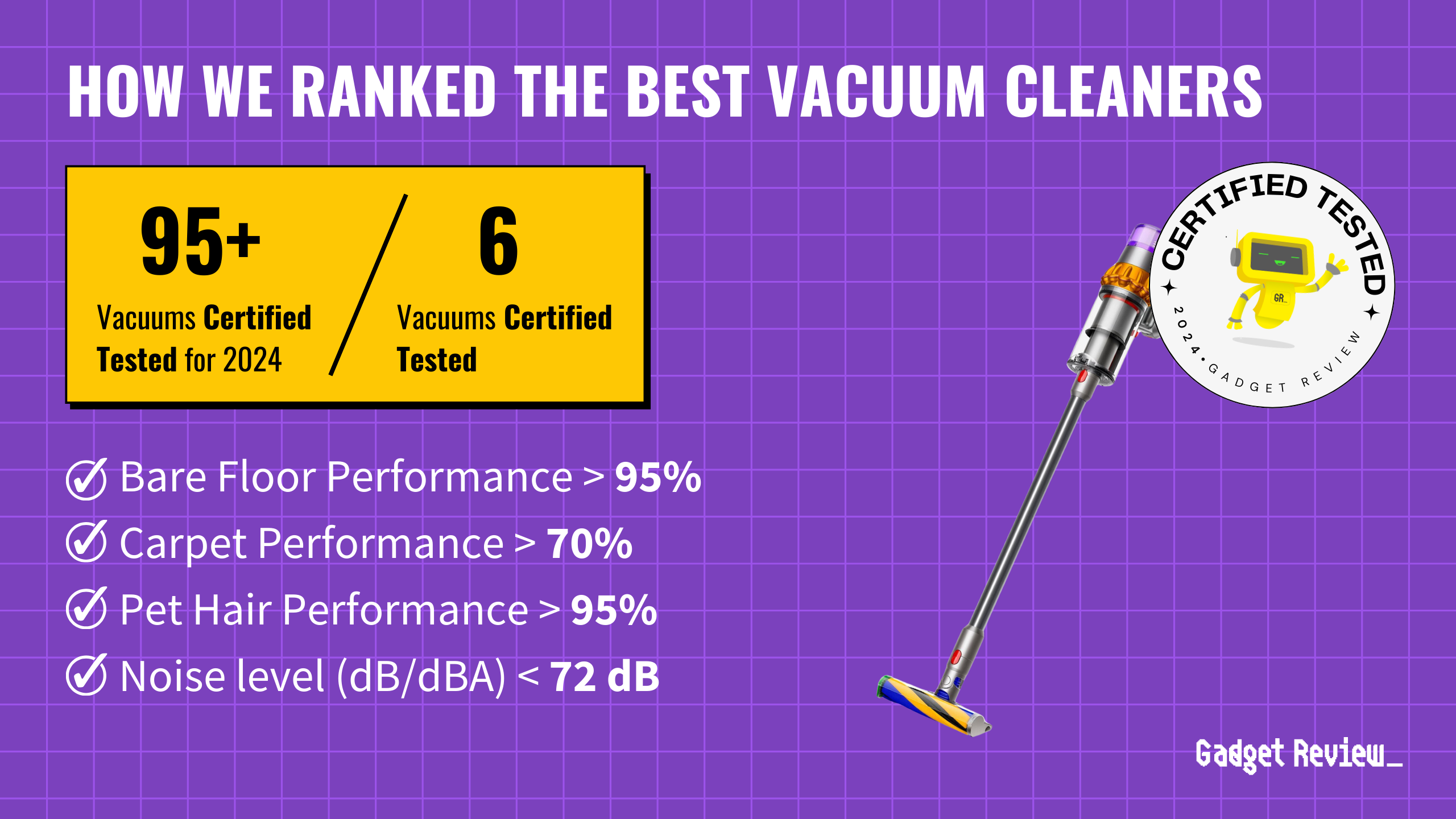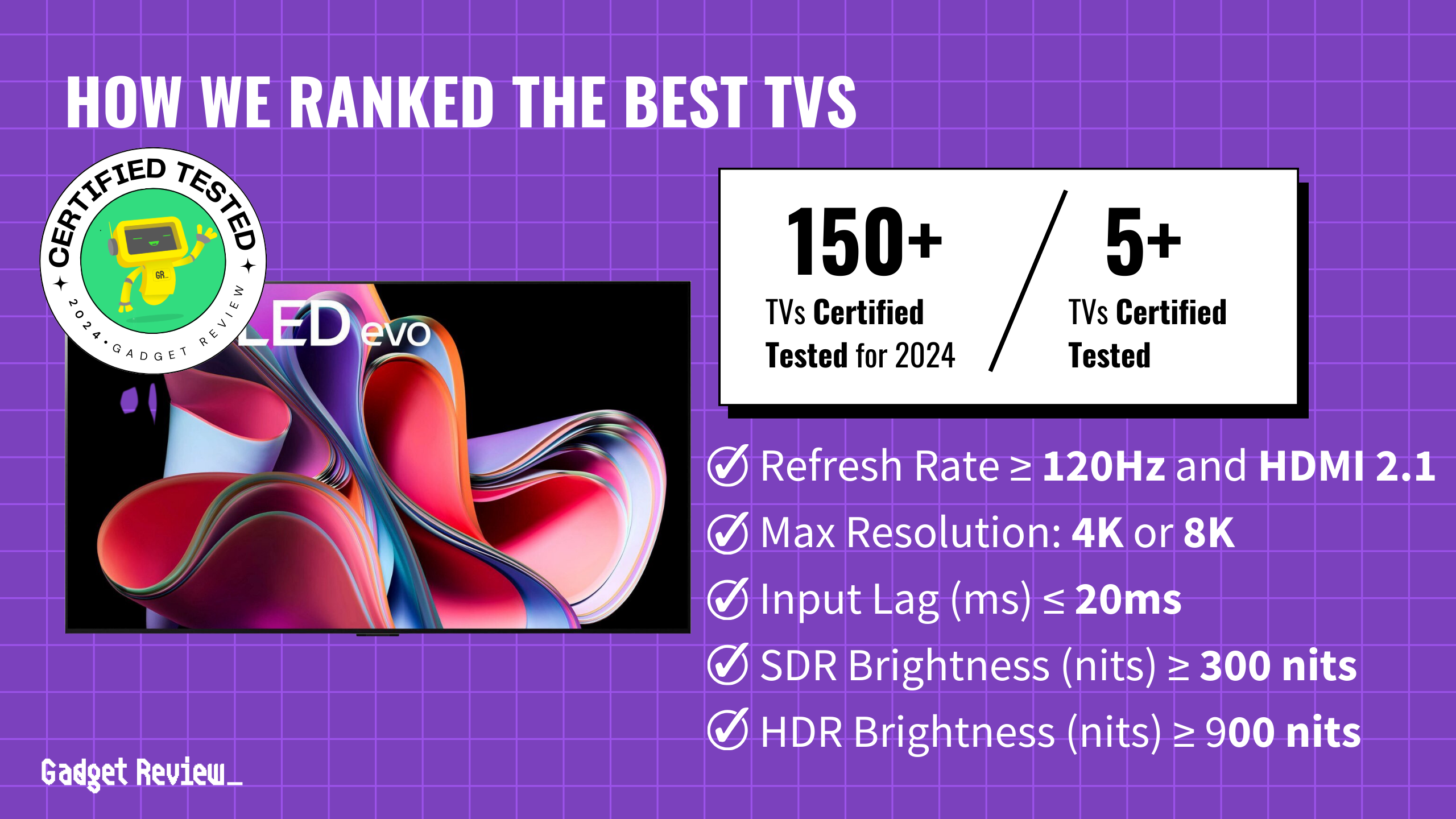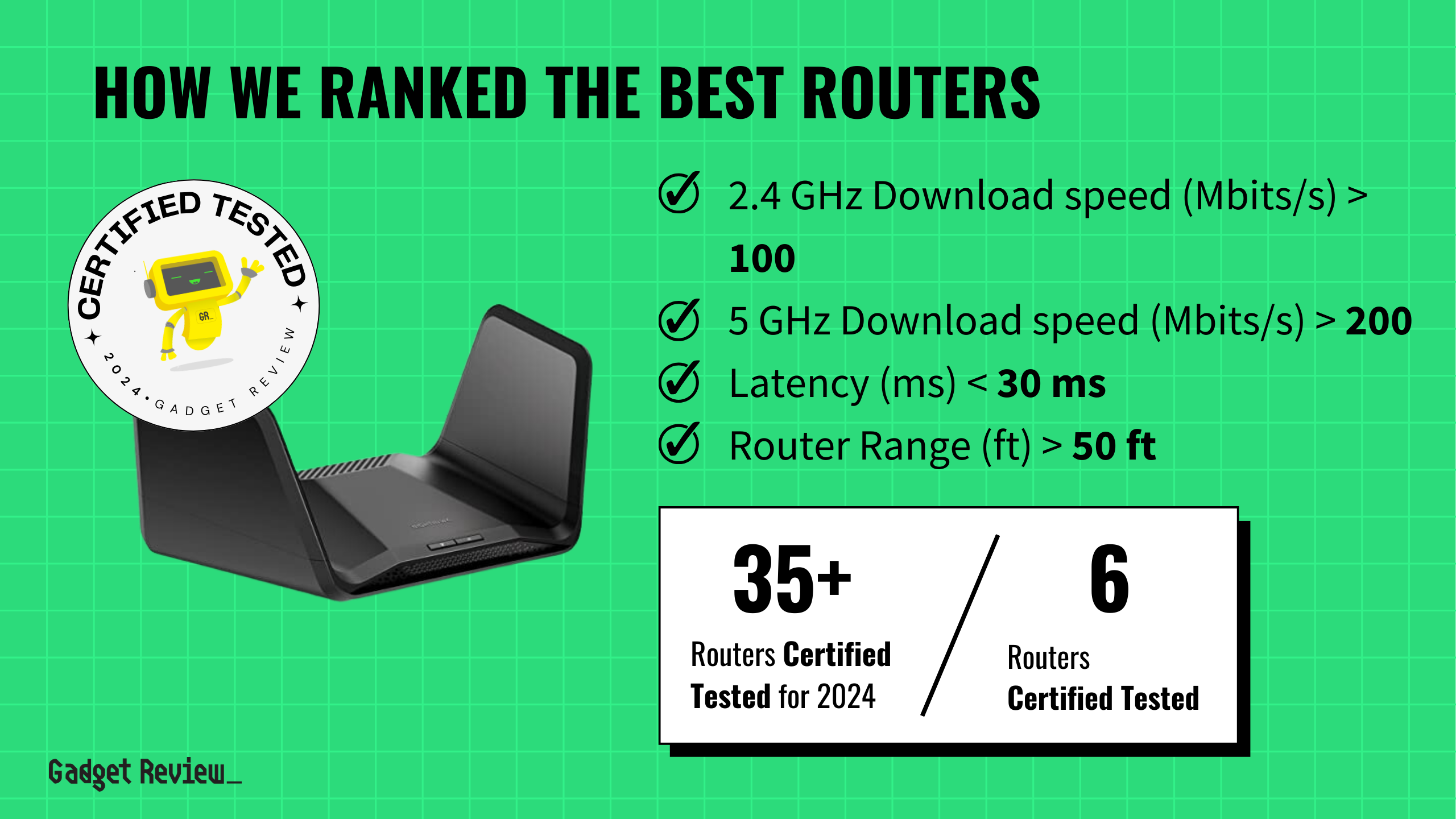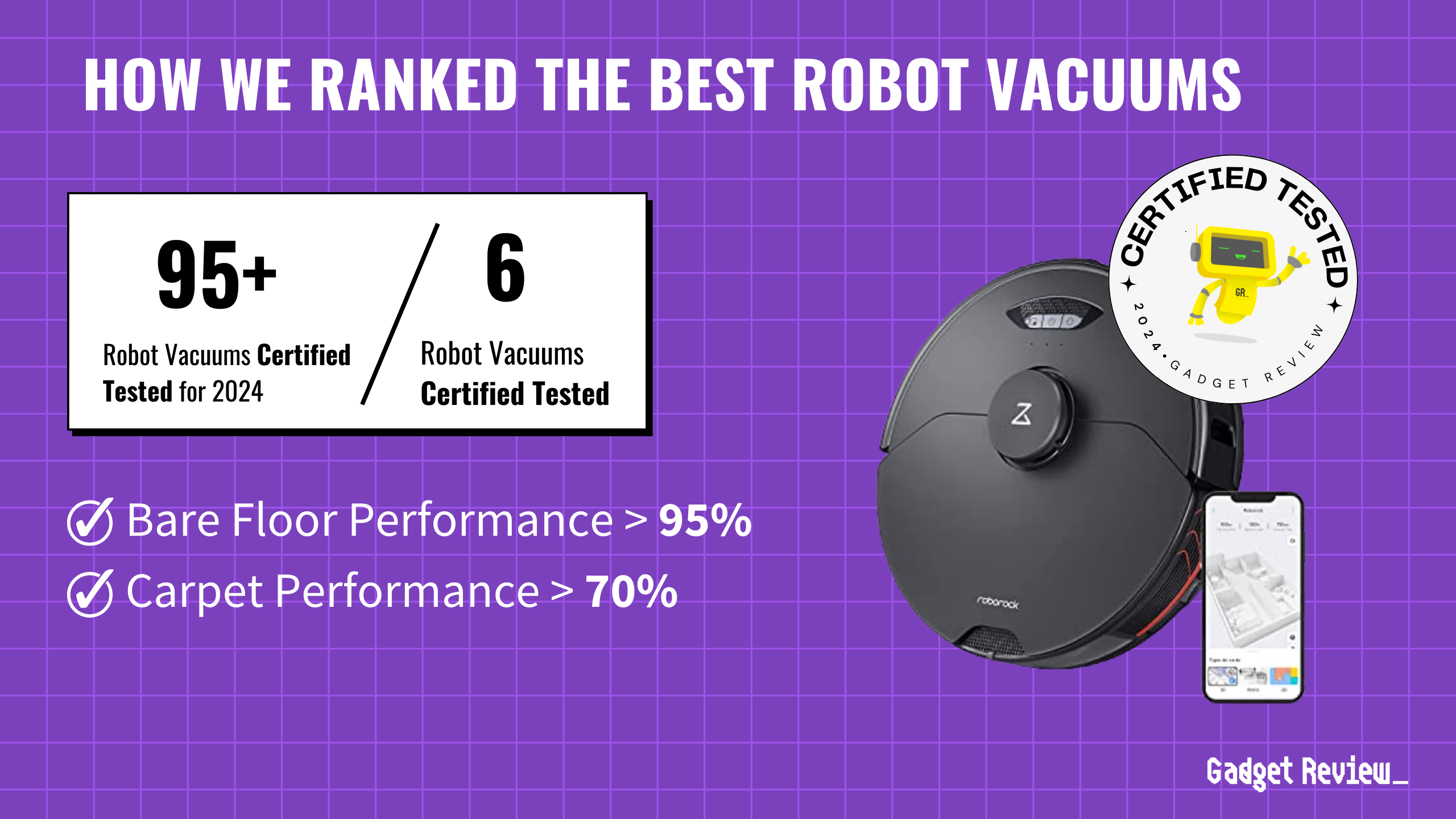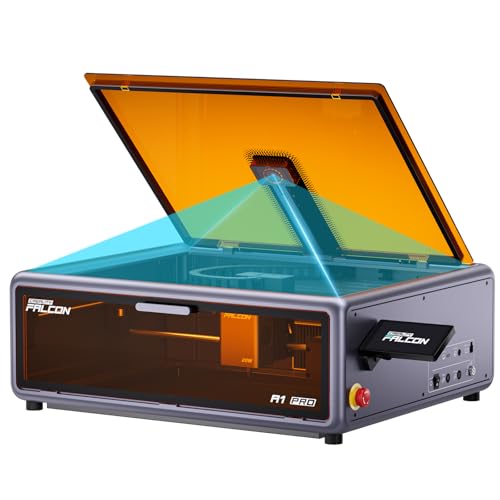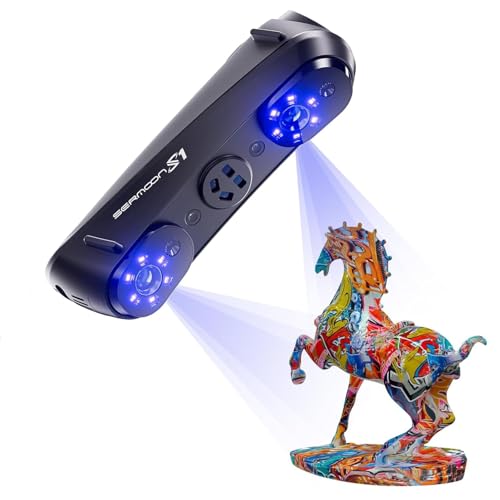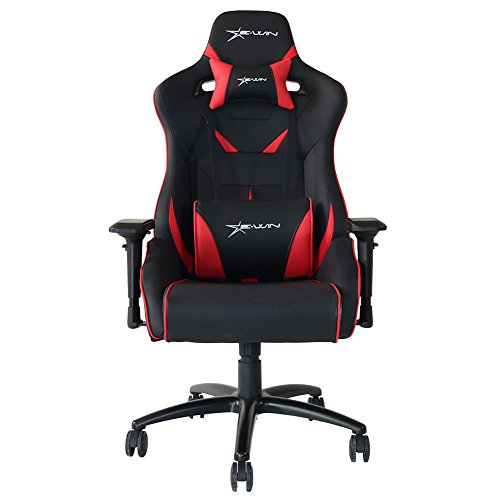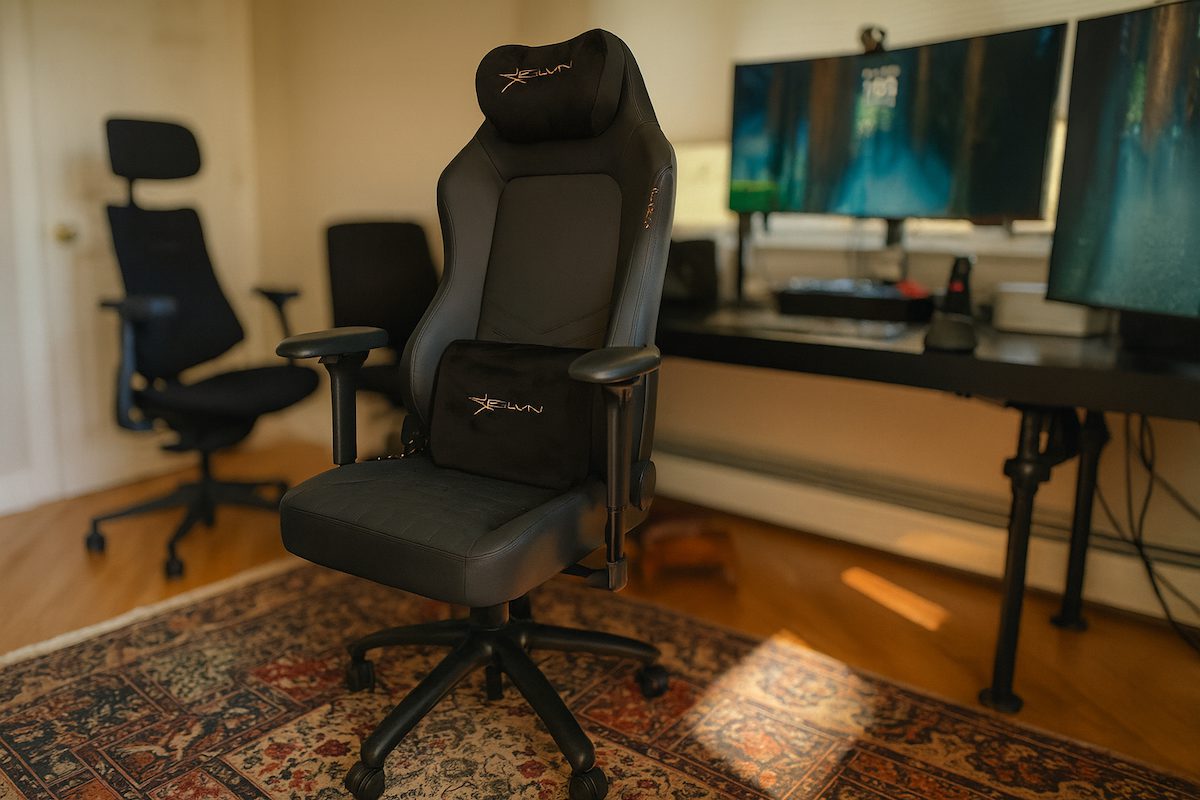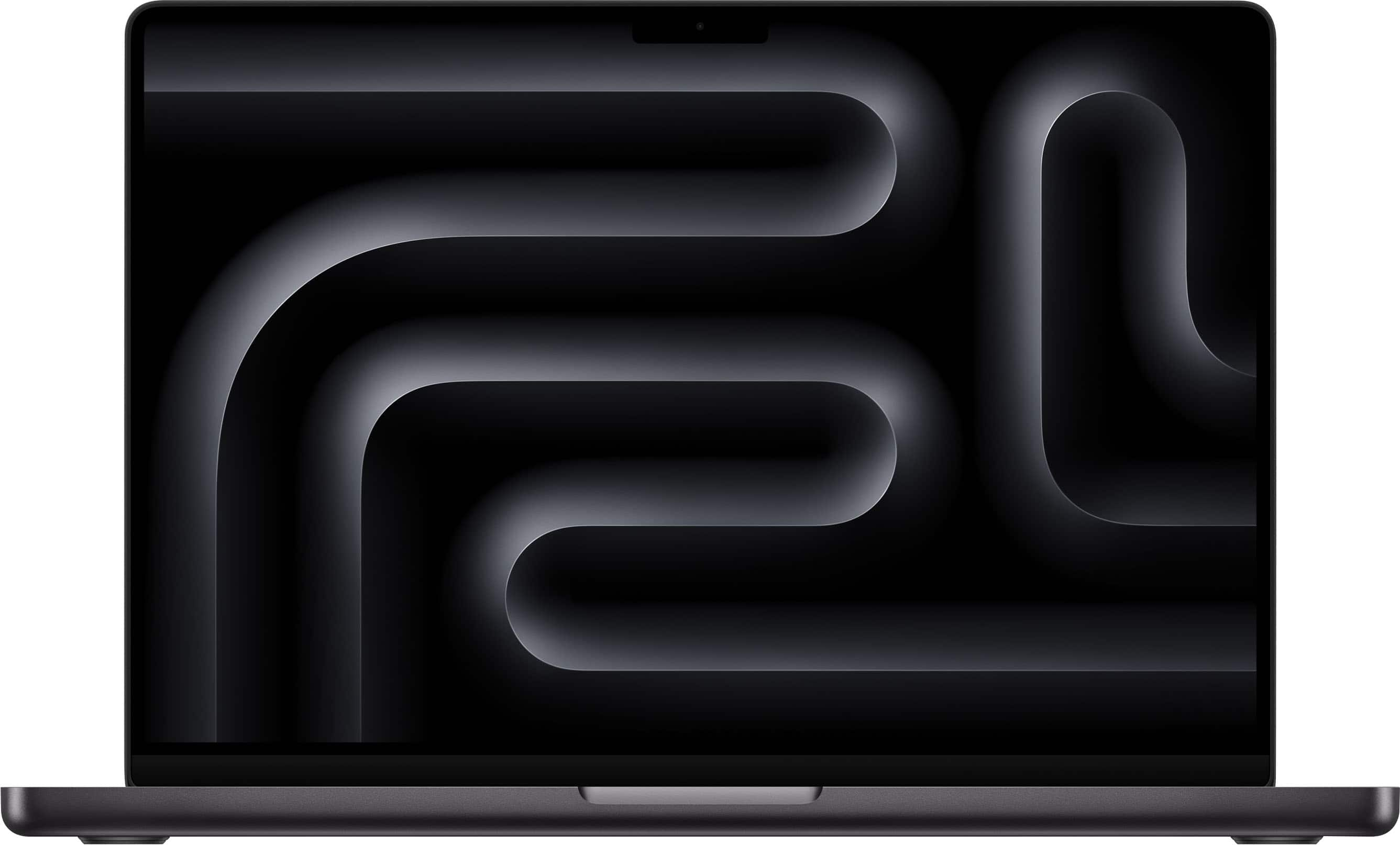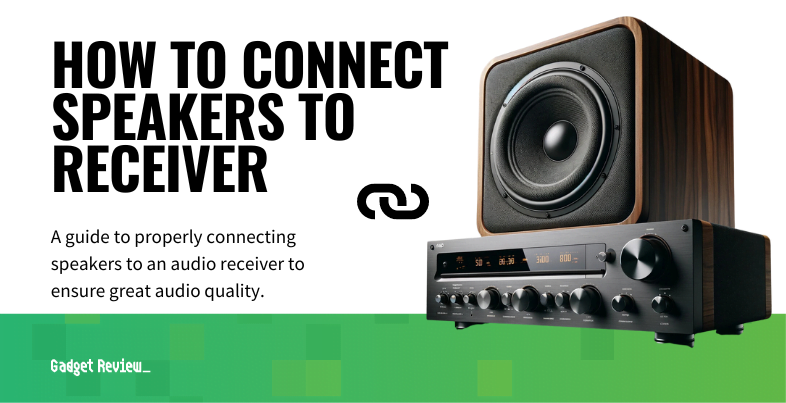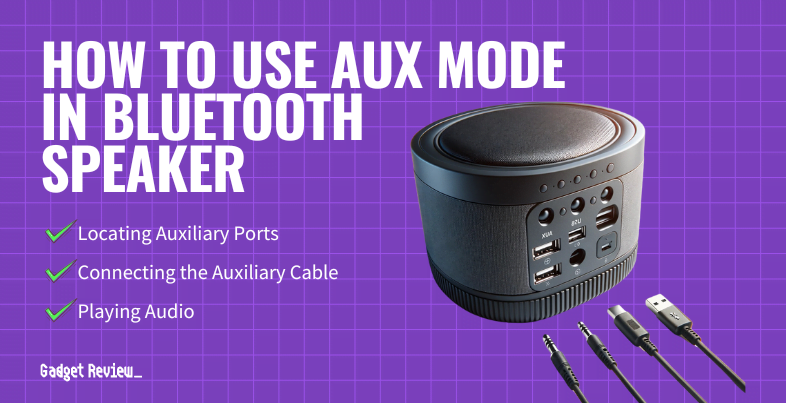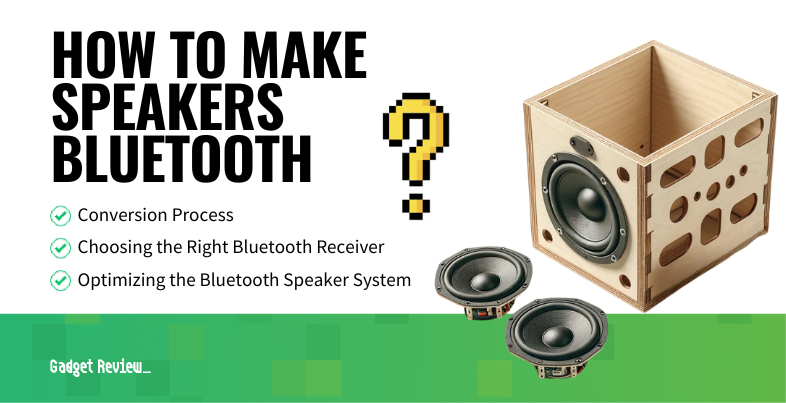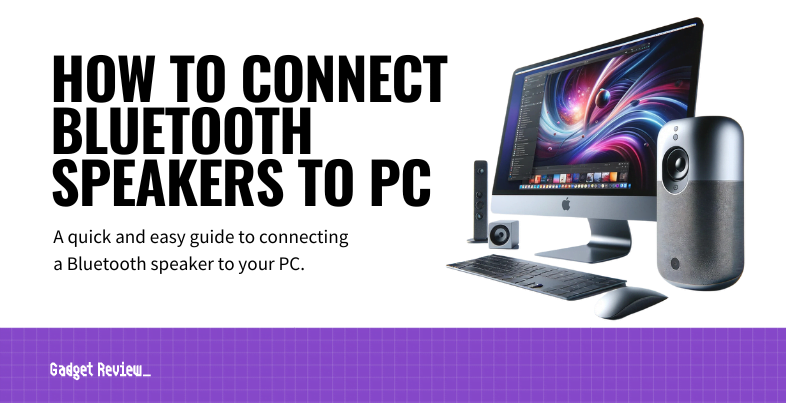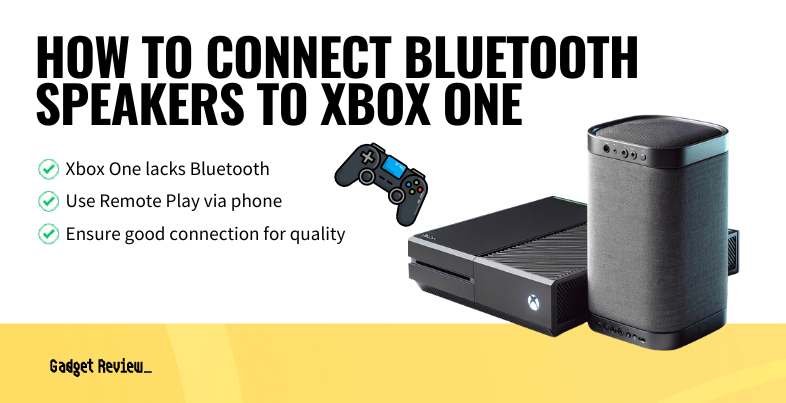Your Steam Deck just got some serious competition. Microsoft and ASUS dropped a bombshell at the Xbox Games Showcase, announcing the ROG Xbox Ally and Ally X—the first official Xbox handhelds arriving this holiday season. This isn’t another clunky Windows experiment. It’s a signal that Microsoft is fully backing the future of Xbox hardware, and this bold move could mark their biggest leap forward yet in the console race.
Performance That Actually Delivers
Dead phone batteries during gaming sessions are frustrating, but these handhelds pack the power to outlast your longest flights. The standard ROG Xbox Ally features AMD’s Ryzen Z2 A processor with 16GB RAM and 512GB storage—solid specs that won’t break your budget. Meanwhile, the Ally X cranks everything up with the Ryzen AI Z2 Extreme chip, 24GB RAM, and 1TB storage for those who demand maximum performance.
Both models sport 7-inch 1080p displays with 120Hz refresh rates and FreeSync support. The Ally X gets the premium treatment with an 80Wh battery (versus 60Wh), impulse triggers with haptic feedback, and even Thunderbolt 4 connectivity. These aren’t just rebranded gaming laptops—they’re purpose-built for your couch, commute, or anywhere your console can’t follow.
The Interface Revolution You’ve Been Waiting For
Microsoft solved handheld gaming’s biggest problem: making Windows work on small screens. The Xbox full-screen experience boots directly into your gaming library, aggregating titles from Xbox, Game Pass, Steam, and other storefronts without forcing you to navigate traditional Windows menus. Your gaming collection becomes more unified than your Spotify Wrapped playlist—everything accessible from one clean interface.
“We wanted to take our handheld to the next level, but we could not do it alone,” said Shawn Yen, Head of ASUS’s Consumer Product team—games, achievements, and progress sync seamlessly between your console, PC, and handheld. The transition feels smoother than your TikTok algorithm, which serves up exactly what you want to see.
Roblox becomes natively playable for the first time on gaming handhelds, while Xbox Play Anywhere gives you access to over 1,000 games that work across all your devices. A new certification program helps you identify which games run smoothly on handheld hardware—no more guessing whether your favorite titles will work properly.
If you’re tired of choosing between Nintendo’s aging hardware and Steam Deck’s Linux quirks, these new handhelds offer something smarter. ASUS and Microsoft just proved that next-gen portable gaming doesn’t have to feel like a compromise, setting a new bar that puts pressure on the Switch 2 to be more than just an upgrade.





